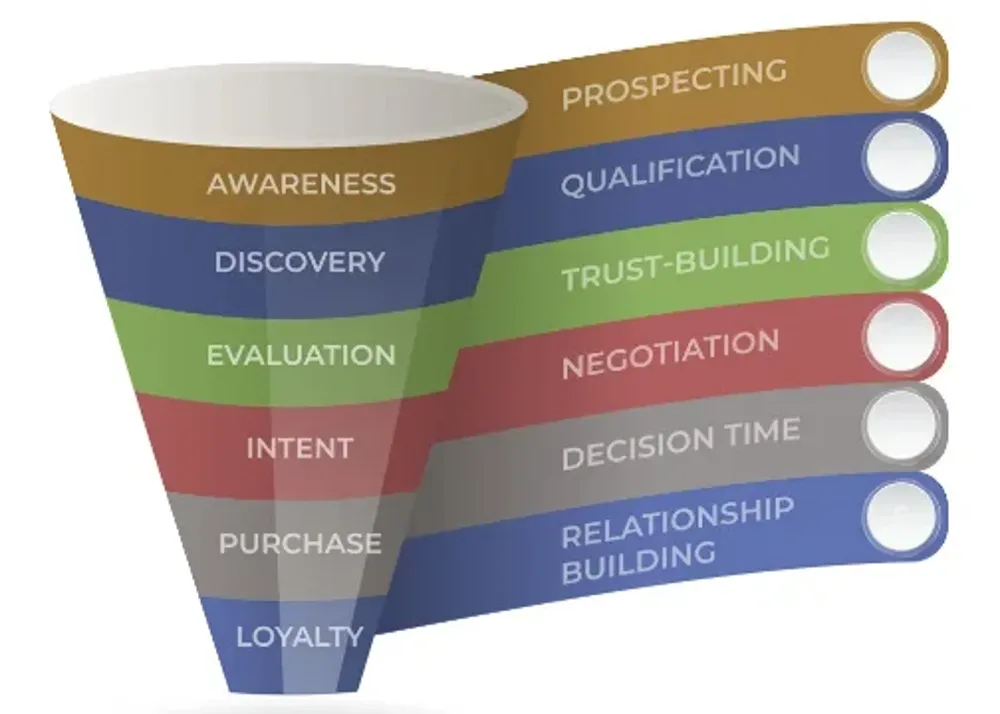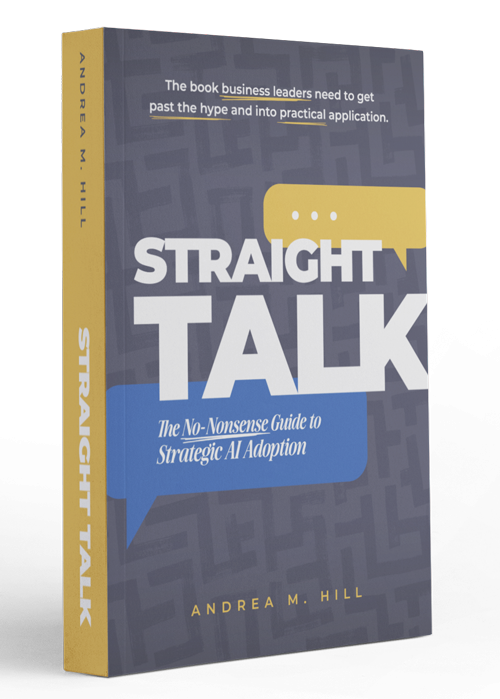What is Intent Data?

Online Research Starts the Sales Funnel
To a lot of people, the top of the sales funnel looks a lot like luck. If you're lucky, and people stumble into the top of your sales funnel, then you may be able to capture their email address or set a meeting and begin to nurture that contact toward becoming a paying customer. But relying on luck isn't much of a business strategy. So what can you do to improve your odds of finding people in the awareness, discovery and evaluation stages of the sales funnel ... the stages leading up to the formation of intent?
This has become a pressing question for selling organizations because nearly 90% of consumers begin their purchasing journey online, doing independent research. Finding these customers before they make up their minds is one of the most important things you can do. That's where intent data comes in.
What is Intent Data?
Intent Data is data from your own CRM, SEO reporting, or a third-party service provider that tells you what buyers are doing online research about. This information can help you do a better job of targeting buyers in the awareness and discovery stages of the sales funnel.
If you are putting sufficient focus on SEO, both tracking SERP results and creating content to attract certain types of researchers, then your own SEO analysis will give you data that helps you understand which topics are trending. If you are using a strong CRM system (like HubSpot!) — it can even show you which customers are searching for what and in which of your channels.
Another type of intent data is third party intent data. This is data that you can get from organizations like RollWorks, Terminus or DemandBase. These data services track general news, product reviews, infographics and blogs, product comparisons, message boards, case studies ... all of the places that potential buyers go to research products, and they make that data available to your sales teams.
By combining your own CRM and SEO efforts with third-party intent data, your sales staff will be able to use intent signals to reach buyers much earlier in the buying process. That gives you the opportunity to guide and inform prospects' decision-making before your competitors even know they exist.
Andrea Hill's
Latest Book
Straight Talk
The No-Nonsense Guide to Strategic AI Adoption

Where other books focus on prompts and tools, this book gives business leaders what they actually need: the frameworks and confidence to lead AI adoption responsibly, without having to become technologists themselves.
Also available at independent booksellers and public libraries.
Are You Ready to Do Better Marketing?
WerxMarketing is all about performance marketing. That means giving you the tools you need to connect with customers, enable your sales efforts, and turn leads into loyal customers. Ready to learn more about how we do that? Book a free consult and bring your questions. See if you like working with us on our dime, and get some good advice in the process.